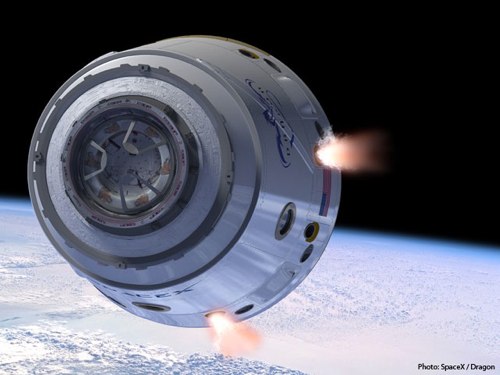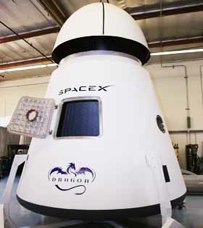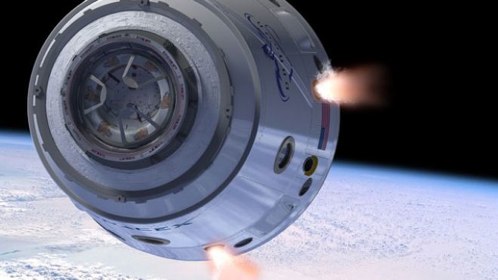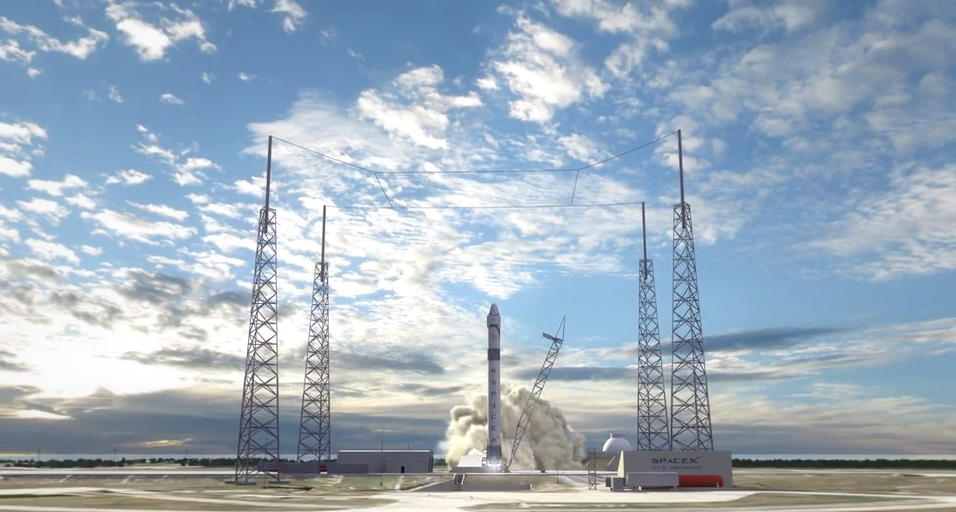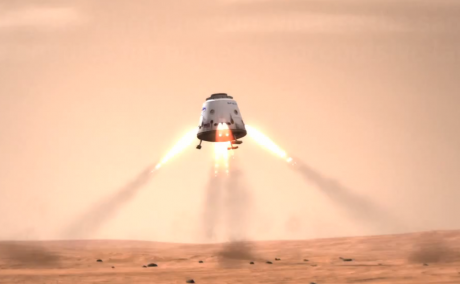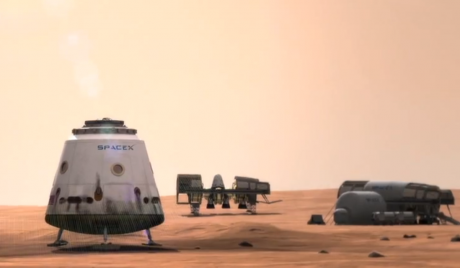SpaceX Wants to Build “Commercial Cape Canaveral” Deep in the Heart of Texas
Tuesday, April 10th, 2012
The stars at night are big and bright CLICK HERE deep in the heart of Texas. So where better to launch vehicles to get closer to them.
SpaceX has begun preliminary paperwork to establish a launching facility in South Texas, near the Mexican border. The move accomplishes several goals for the ambitious private spaceflight firm.
Price: the facility is closer to the SpaceX testing facility in McGregor, Texas. Also, a launch space they don’t have to share (which will never be the case in Cape Canaveral) would mean they could have more flexibility with schedule and could continue to bring launch prices down to the ultimate goal of $1000 per pound.
Politics: Texas is home of the largest congressional opponents to commercial spaceflight. By putting a massive facility right in their backyard, it could stem some of the animosity.
Innovation: launching the rockets from west of Florida means they could possibly keep their Sunshine State facilities as landing areas for the rockets. This is a key part of founder Elon Musk’s dream of legitimate rocket reusability.
Read the full notice below, or check out what Ars Technica makes of the news.
